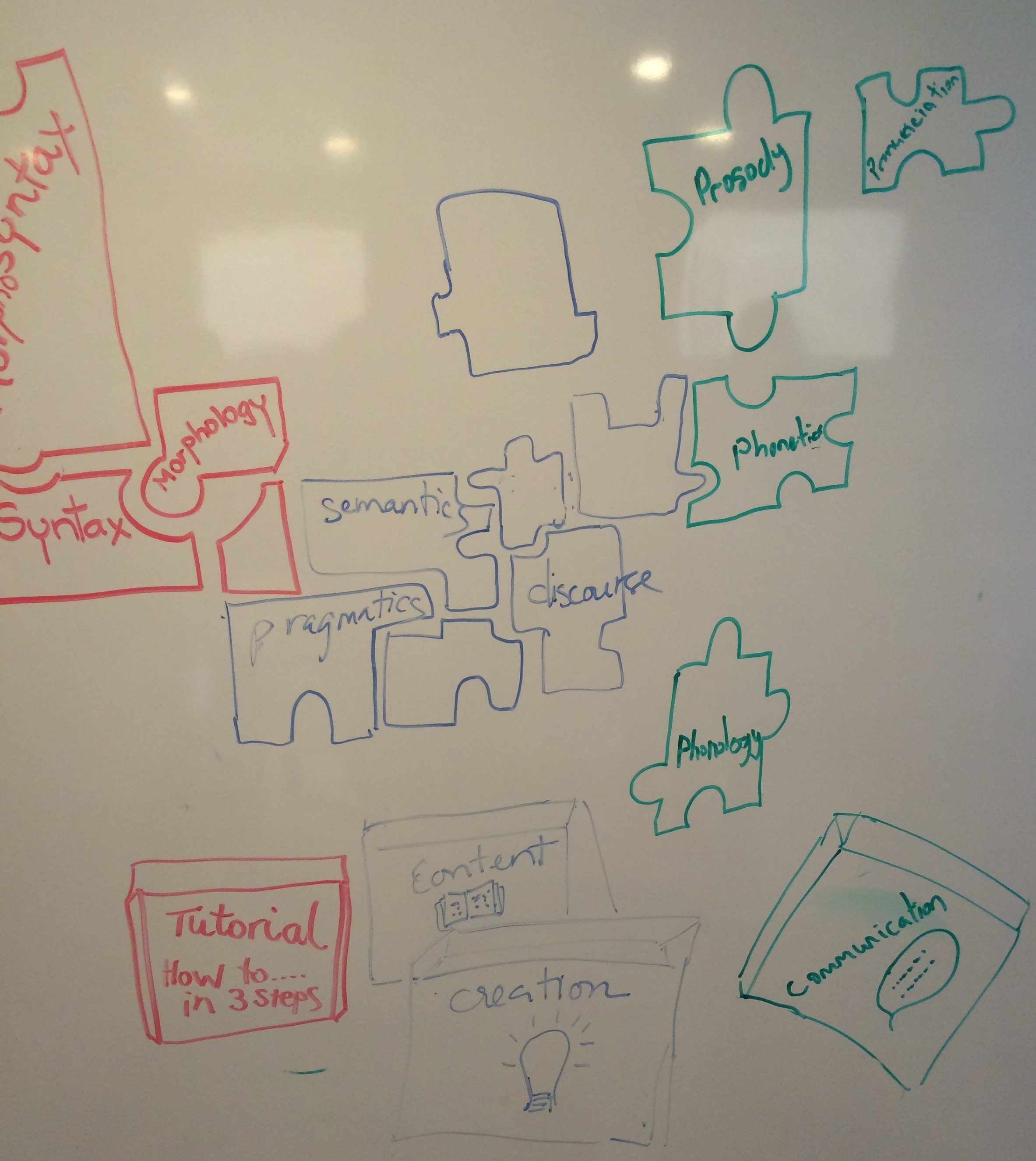Language itself is a complex system of interconnected subsystems. Just as the human body depends on the mutual functioning of the digestive system, the limbic system, the circulatory system, the nervous system, so language also consists of many interconnected systems. As language teachers, we need to make sure that our uses of MALL facilitate the meeting of pre-planned as well as impromptu language objectives. The following is a list of the various systems in the linguistic ecosystem, as well as sample language objectives within each system that might be met via MALL:
- Pronunciation system of consonants and vowels (phonetics and phonology)
- Helping learners hear the contrasts between two new sounds
- Testing whether learners can use that new sound contrast to distinguish between words
- Improving a learner’s accent by focusing their attention on how whether they are pronouncing the right variant of a sound (i.e. a French ‘r’ vs. an American English ‘r’ vs. a Scottish English ‘r’)
- Lexical/Semantic System
- Assisting learners to acquire new vocabulary (BICS, CALP, high frequency, low frequency)
- Syntax system
- Helping learners become familiar with word order (SVO, SOV, VSO, etc.)
- Testing whether learners use articles correctly.
- Pragmatics System
- How to use language structures for communicative purposes.
- Discourse System
- Help learners understand locutionary, illocutionary and perlocutionary meanings behind speech acts.



